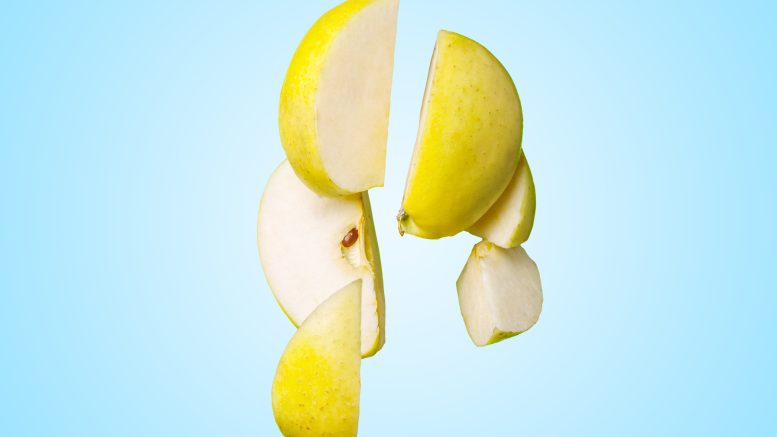There has been a fair amount of online discussion recently about the Simplified Diet—What exactly is it? How does it work?—and so we thought was important to provide some information. First and foremost, the Simplified Diet is not something you can undertake on your own. If you’re interested in it, contact your clinic. What follows is not and should not be construed as medical advice.
The “simplified diet” has three components, one of which is usually overlooked and is arguably the most important. This change in counting phe/protein doesn’t just mean that some foods are suddenly “free” when they weren’t before. And a patient’s tolerance doesn’t change — just the way of counting foods to reach that tolerance does.
STEP 1: The dietitian reduces the patient’s current phe/protein prescription up to 30% (one-third of their daily intake). This means if they were getting 600 mg phe from food per day, they’d now only be allowed 420 mg.
STEP 2: The clinic provides a list of fruits and vegetables and low protein foods that do not need to be counted toward the daily phe/protein allowance. There is no standardized list in the United States; each clinic decides which fruits and vegetables are “free,” although many of the lists are similar. Some clinics limit bananas and orange juice to 1 serving a day as free.
STEP 3: Optional step: the clinic may instruct the patient to count grams of protein instead of milligrams of phe. This depends on the patient’s tolerance and the clinic’s procedures. Many clinics are using the simplified diet and protein counting for some of their patients, but many other clinics stick to a strict method of counting everything, or use the simplified diet but still have their patients, particularly those with lower tolerances, continue to count milligrams of phe.
Most importantly, as a patient is transitioning to the simplified diet, the clinic keeps a close eye on blood-phe level (perhaps with more frequent blood tests) and diet records, to make sure that the diet changes aren’t adversely affecting blood-phe levels. The simplified diet doesn’t mean that those fruits and vegetables and low protein foods you don’t count are phe-free, but rather that your phe/pro prescription has been reduced to accommodate the amount of those foods you’re consuming.
Many clinics have been using the simplified diet for decades, while others are only recently adopting it. If you’re interested in the Simplified Diet, contact your clinic for more information.
Features to support the Simplified Diet on HowMuchPhe.org are currently in the testing phase. By the end of this year, anyone on the simplified diet will be able to track items as “free” — so that calories are recorded and the food appears in food logs, but no phe/protein/exchanges are recorded. If you’re interested in being a tester for these features, please email [email protected].
 If you’re on the Simplified Diet and would like a free copy of the Colorado IMD Clinic’s Simply More Phe, More Choices, please email Katrina Swenson ([email protected]). Support for this program is provided by an educational grant from Biomarin.
If you’re on the Simplified Diet and would like a free copy of the Colorado IMD Clinic’s Simply More Phe, More Choices, please email Katrina Swenson ([email protected]). Support for this program is provided by an educational grant from Biomarin.


